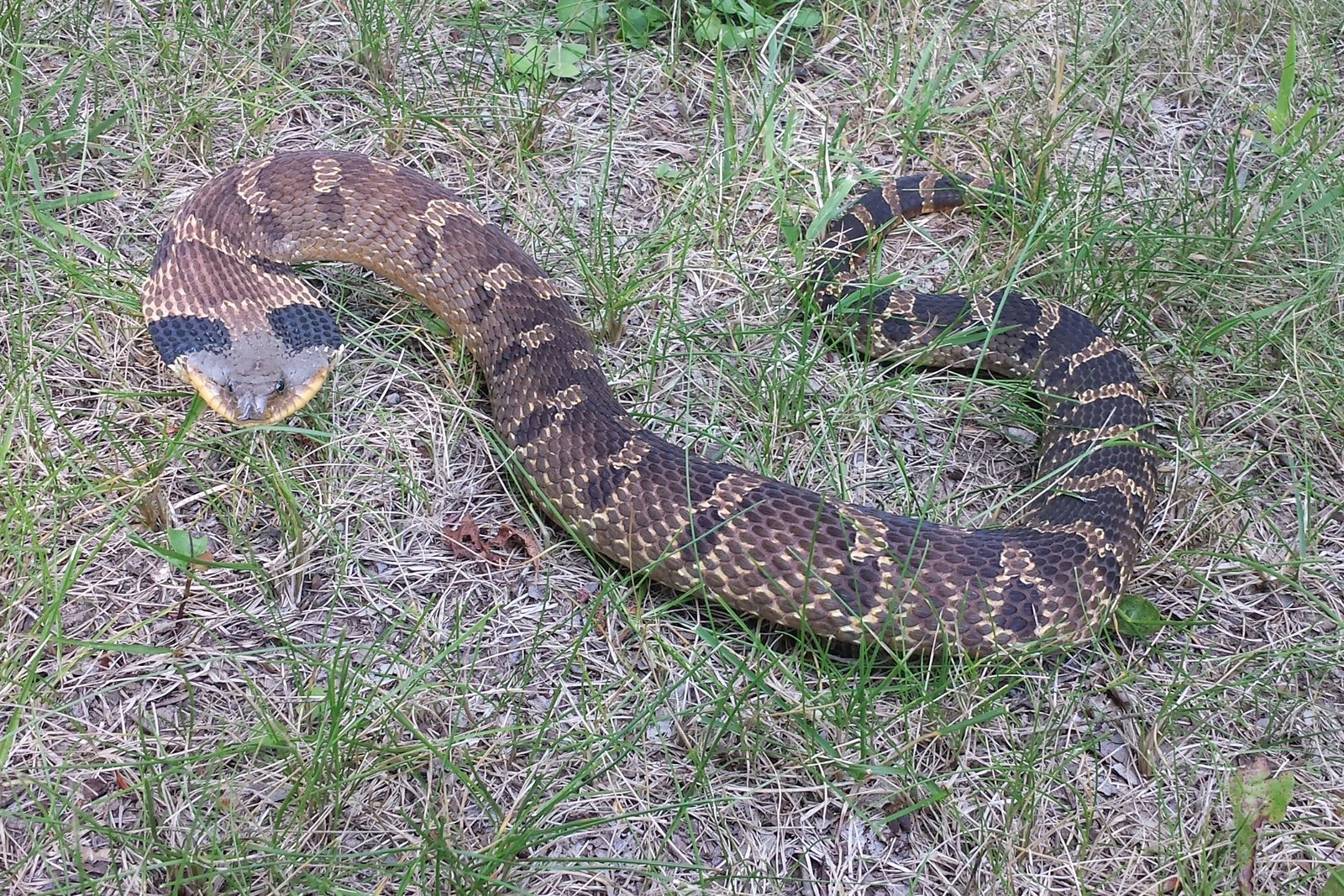The Hognose snake is a fascinating creature that has captured the hearts of many reptile enthusiasts. Known for its distinctive snout and endearing behaviors, this snake has become a popular choice for pet owners seeking a unique companion. With its charming and unassuming nature, the Hognose snake is more than meets the eye. From its dramatic defensive displays to its surprisingly docile temperament, this little reptile is full of personality. In this article, we will explore the various aspects that make this snake a beloved pet, from its appearance to its care requirements, and why it continues to enchant snake lovers around the world.
Appearance and Physical Characteristics

The Hognose snake is instantly recognizable due to its upturned snout, which is reminiscent of a pig’s nose. This distinctive feature is not just for show; it aids the snake in digging and burrowing into sandy soils. Typically, the Hognose snake’s body is short and stout, with colors ranging from sandy browns to vibrant yellows and reds, depending on the species. Their scales are keeled, giving them a rough texture, which can often add to their rugged charm. Adult Hognose snakes generally grow to about 1.5 to 3 feet in length, making them manageable in size for most pet owners. Their unique appearance is often the first thing that draws people in, but there’s much more to love about these snakes.
Unique Behavior and Personality
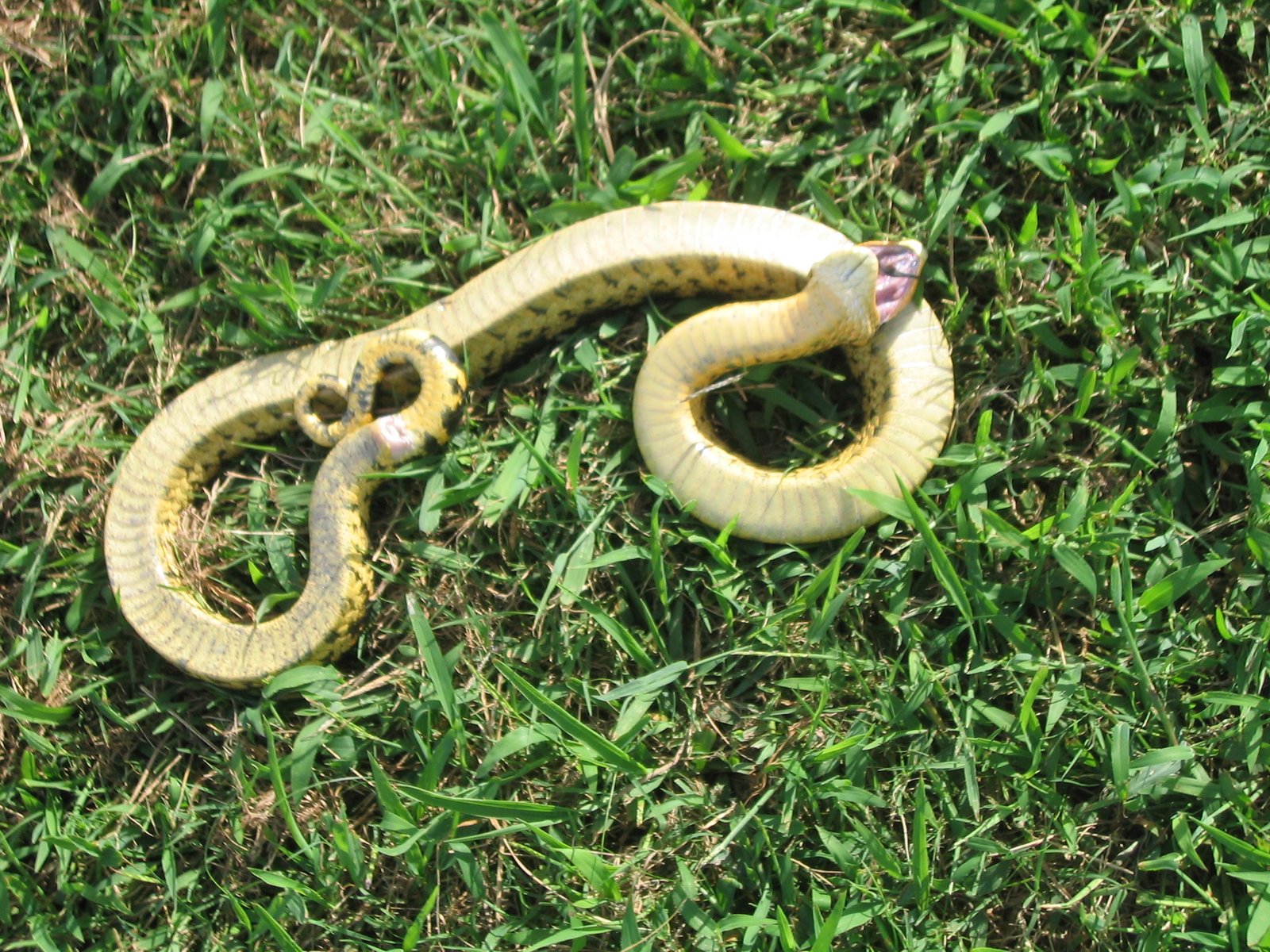
Hognose snakes are known for their dramatic and theatrical behaviors. One of their most famous acts is “playing dead” when threatened. This involves the snake flipping onto its back, opening its mouth, and even emitting a foul smell to ward off predators. Despite their sometimes intimidating display, they are non-venomous and harmless to humans. Their playful personality makes them a joy to observe and interact with. Many owners find their Hognose snake’s antics endearing and often liken them to a pet that enjoys putting on a show. Their curious and somewhat mischievous nature can make them a delightful addition to any household.
Natural Habitat and Distribution
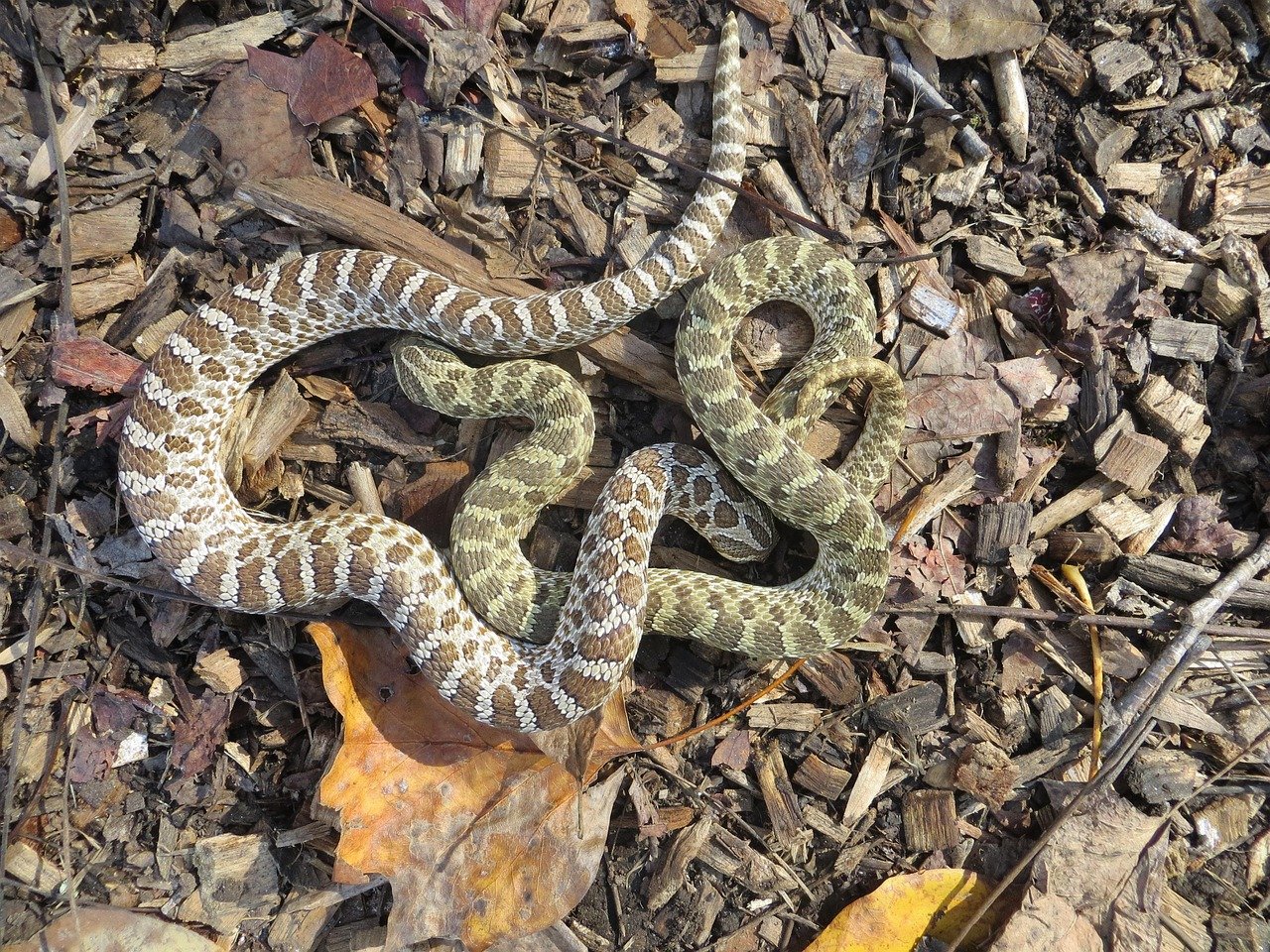
Hognose snakes are primarily found in North America, with a range extending from southern Canada to Mexico. They thrive in sandy or loose soil environments, such as prairies, dry forests, and coastal dunes. Their burrowing habits are well-suited to these habitats, allowing them to hunt for their prey and escape from potential threats. Understanding their natural habitat can provide insight into how to best care for them in captivity. By mimicking their natural environment, pet owners can help ensure their Hognose snake remains healthy and happy. This includes providing a substrate for burrowing and maintaining appropriate temperatures.
Diet and Feeding Habits

In the wild, Hognose snakes have a varied diet that includes amphibians, reptiles, and small mammals. They are particularly fond of toads, which they can consume without harm due to their immunity to certain toxins. In captivity, Hognose snakes can be fed a diet of appropriately sized mice or rats, depending on their age and size. It’s important to monitor their feeding habits and ensure they are receiving the right nutrition. Feeding should occur every 5 to 7 days, although younger snakes may require more frequent meals. Their enthusiastic approach to feeding is part of what makes them such engaging pets.
Proper Care and Housing
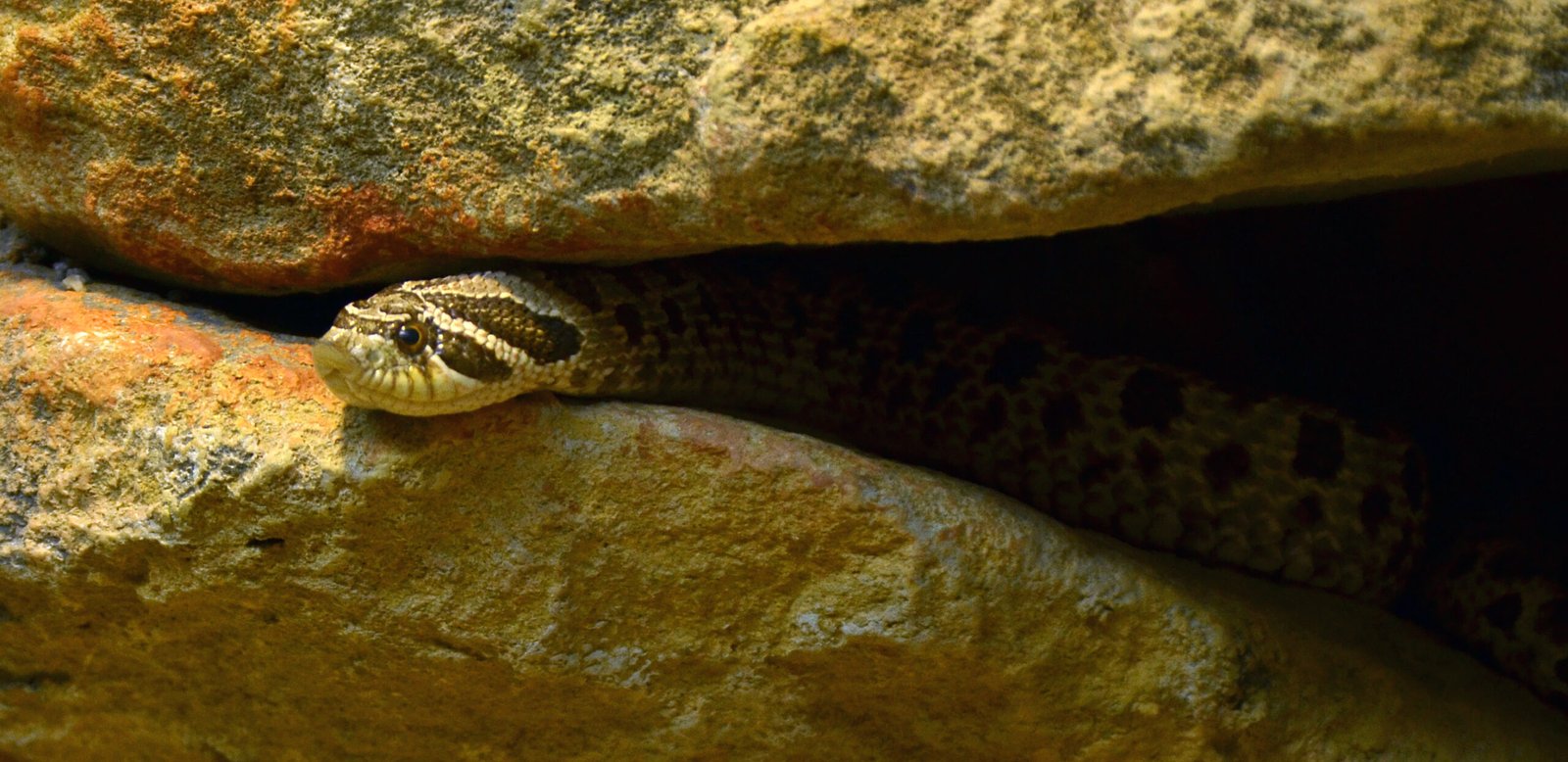
Caring for a Hognose snake requires attention to detail and a commitment to replicating its natural environment. A suitable enclosure should be spacious enough to allow for movement and exploration, with a secure lid to prevent escape. The substrate should be soft and easy to burrow in, such as aspen shavings or coconut fiber. Temperature gradients are essential, with a basking area of around 85°F and a cooler area of 70°F. Humidity should be kept moderate, as excessive moisture can lead to health issues. Regular cleaning and maintenance of their habitat will help keep your Hognose snake in optimal condition.
Health Considerations and Common Issues
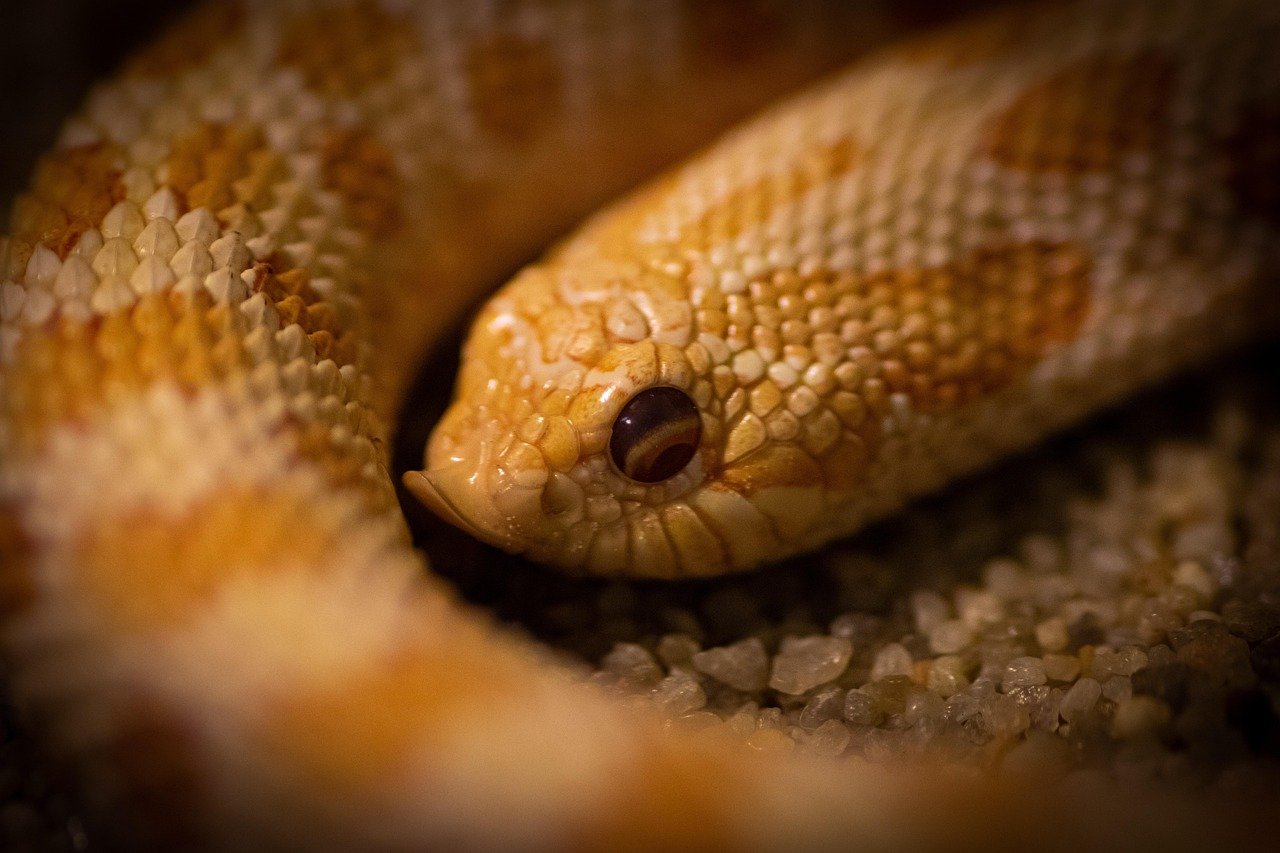
Hognose snakes are generally hardy reptiles, but they can be susceptible to certain health issues if not properly cared for. Respiratory infections, mites, and mouth rot are some common problems that may arise. To prevent these issues, it’s crucial to maintain a clean and well-regulated environment. Regular veterinary check-ups can help catch any potential health concerns early. Observing your snake for signs of distress, such as wheezing or refusal to eat, can also be beneficial. A healthy Hognose snake will be active, alert, and have a consistent feeding schedule.
Breeding and Reproduction

For those interested in breeding Hognose snakes, understanding their reproductive habits is essential. Breeding typically occurs in the spring, with females laying clutches of 10 to 30 eggs. The incubation period lasts around 55 to 60 days, with temperatures maintained at 80°F for optimal hatching. Once hatched, baby Hognose snakes are independent and can be cared for similarly to adults. Breeding Hognose snakes can be a rewarding experience, offering insight into the life cycle of these fascinating creatures. However, it requires dedication and careful planning to ensure the health and safety of both the mother and her offspring.
Why Hognose Snakes Make Great Pets
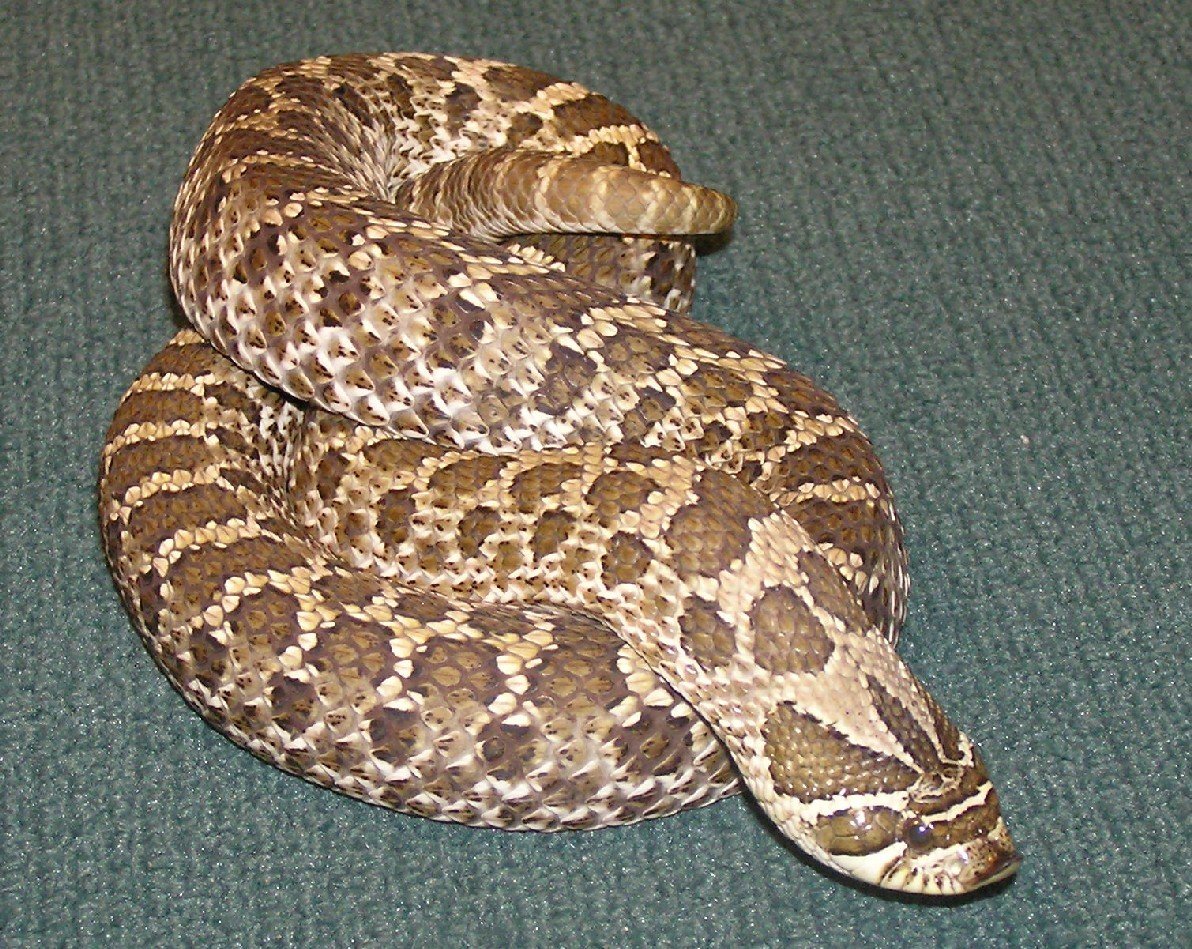
Hognose snakes are perfect for those new to snake ownership or seasoned reptile enthusiasts. Their manageable size, distinctive appearance, and captivating behaviors make them an attractive choice for many. They are generally docile and easy to handle, making them suitable for families with children. Their care requirements are straightforward, allowing for a rewarding pet ownership experience. The bond between a Hognose snake and its owner can be unique, with many finding joy in their snake’s quirky personality and antics. Choosing a Hognose snake as a pet can lead to a fulfilling and enriching companionship.
Conservation Status and Threats
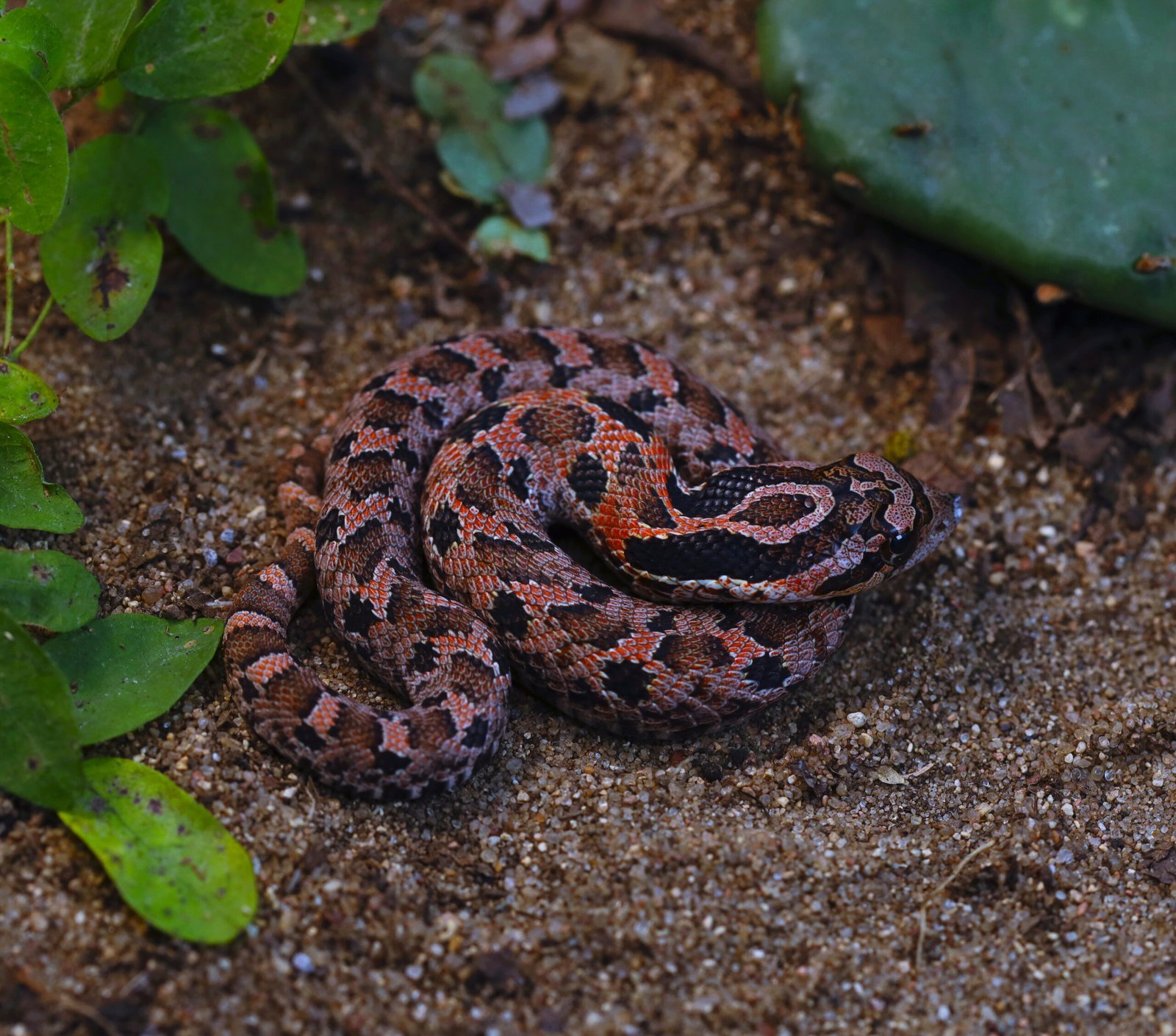
While many species of Hognose snakes are not currently endangered, habitat loss and human activity pose significant threats. Conservation efforts are vital to ensure the survival of these snakes in the wild. Educating the public about the importance of preserving their natural habitats can aid in these efforts. Responsible pet ownership also plays a role, as captive breeding can reduce the demand for wild-caught snakes. By supporting conservation initiatives, we can help protect the Hognose snake for future generations to appreciate and enjoy.
Conclusion

The Hognose snake is a remarkable reptile that offers endless fascination for those willing to delve into its world. With their charming personalities and unique behaviors, they have become a beloved pet for many. Understanding their needs and providing proper care is key to ensuring a happy and healthy life for these captivating creatures. Whether you are considering adding a Hognose snake to your family or simply wish to learn more about them, this guide offers a comprehensive look into everything you need to know about the Hognose snake.
Jen is a passionate nature lover and ocean conservationist. She has dedicated her life to protecting the environment and preserving the beauty of the natural world. Growing up in a small coastal town, Jen sincerely appreciated the ocean and its inhabitants. She has spent countless hours exploring the shoreline, learning about the creatures that inhabit the waters, and advocating for their protection. Jen is an active member of ocean conservation organizations, and she is committed to educating the public about the importance of conserving wildlife and the natural environment.

